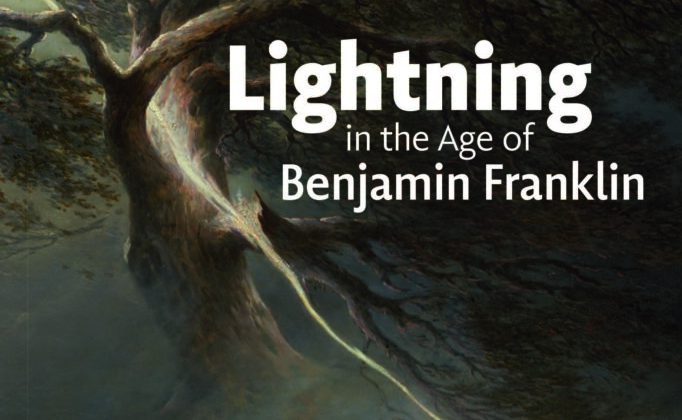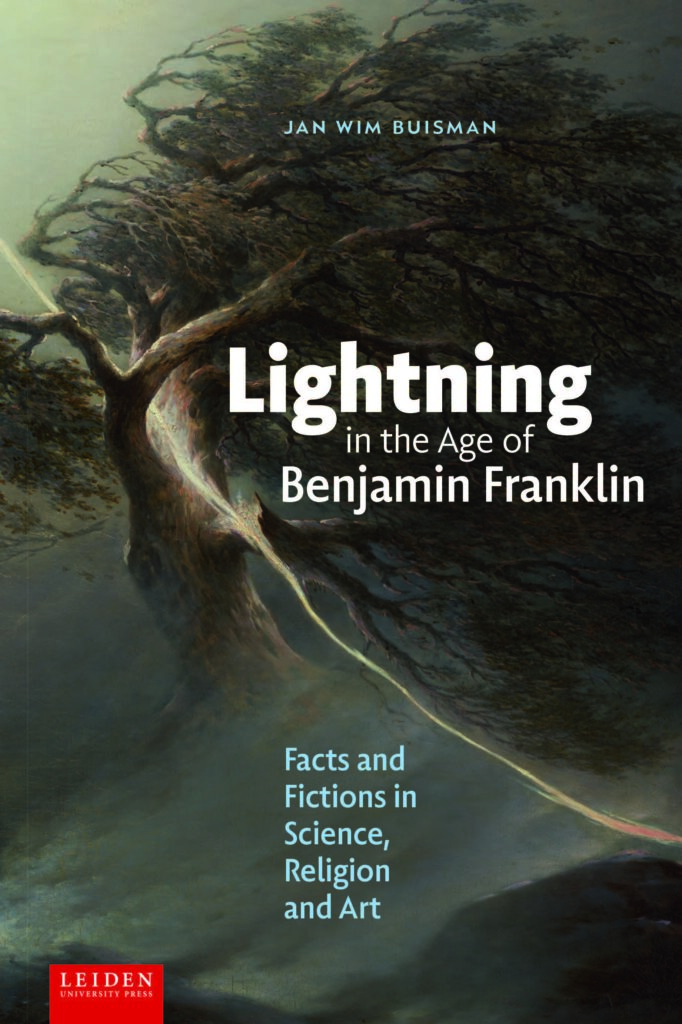

Jan Wim Buisman is a retired Lecturer on the History of Christianity, now a Guest Researcher at the Leiden University Centre for the Study of Religion (LUCSoR). This interview is based on his new book, Lightning in the Age of Benjamin Franklin: Facts and Fictions in Science, Religion, and Art (Leiden University Press, 2023).
JF: What led you to write Lightning in the Age of Benjamin Franklin?
JWB: As a historian, I am interested in scientific, religious, and artistic reactions to natural disasters in the eighteenth-century West. From time immemorial, thunder and lightning were seen as a wrathful Deity’s instruments of punishment. But then, in 1752, came Benjamin Franklin’s paradigm-shifting invention of the lightning rod, and the way many people view God and nature was changed forever. It was was one of the first major scientific and technological contributions to transfer from the Americas to Europe, rather than the other way round. With the storm no longer a spectacle to be feared, poets, painters, and composers started to treat it as a subject in its own right. Never before was the beauty of thunder and lightning so frequently and fulsomely represented in Western culture as during the transition from the Enlightenment to the Romantic era.
JF: In 2 sentences, what is the argument of Lightning in the Age of Benjamin Franklin?
JWB: The transition from a pre-modern fear of nature to Romanticism’s love affair with the natural sublime has been explored from many angles. But in my book, I argue that lightning and electricity were central to this transformation: scientific advances such as the lightning rod actually made the Romantic fascination with nature possible.
JF: Why do we need to read Lightning in the Age of Benjamin Franklin?
JWB: I think my multidisciplinary book is essential reading for anyone interested in nature, religion, and intellectual history, particularly in the relationship between science and religion. Superstitious remnants in both may spark a sense of modesty as to presumptuous claims of religion as well as of science. The reader may discover a complex world, with unconscious magical elements surviving even in the Encyclopédie of Diderot and d’Alembert.
JF: Why and when did you become an American historian?
JWB: As an assistant of Professor Jan Willem Schulte Nordholt, I gathered materials for his Bicentennial book The Dutch Republic and American Independence, University of North Carolina Press, 1982. Afterwards, my research focus still remained on the eighteenth and early nineteenth centuries, but its context became European or even Dutch. My study of the cultural history of thunderstorms inevitably brought me back to colonial America.
JF: What is your next project?
JWB: As a retired scholar, some modesty seems appropriate in answering this question. Nevertheless, I can’t help some topics in the history of Western religious mentality still ignite my intellectual curiosity, particularly the history of the concept of Providence.
JF: Thanks, Jan Wim!